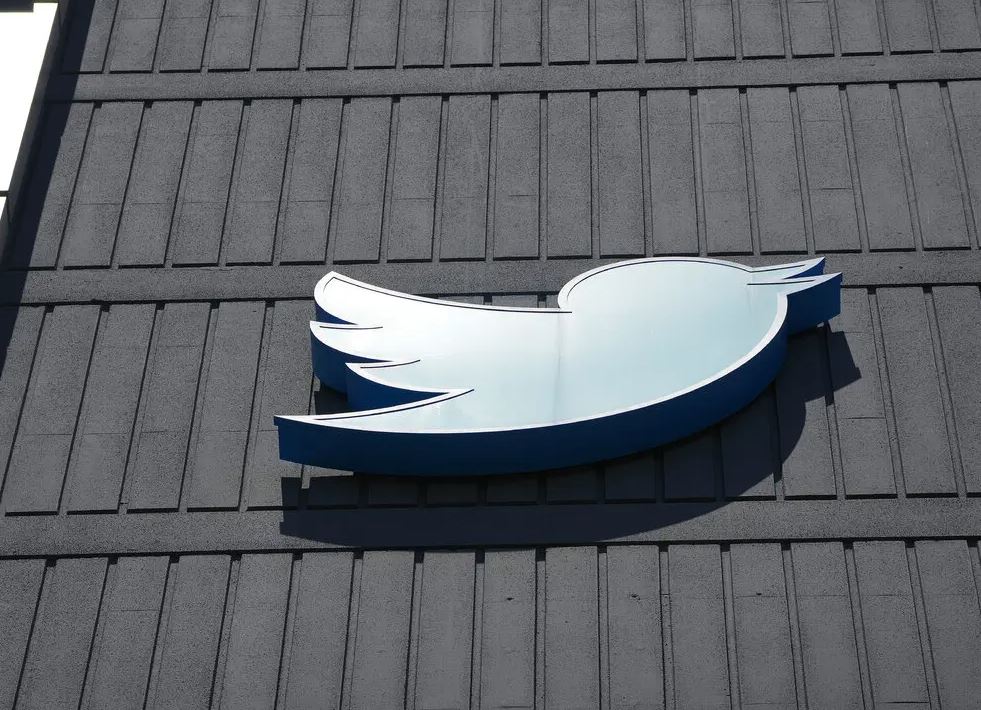One of the most obvious changes since Elon Musk assumed ownership of Twitter last autumn has been the replacement of the company’s iconic bird logo.
According to Mr. Musk, “X” refers to a hypothetical “everything app” that would function similarly to the ubiquitous Chinese app WeChat by bringing together social networking, instant messaging, and financial services.
Mr. Musk has said that the acquisition of Twitter would serve as “an accelerant to creating X,” and the company he formed to acquire and manage Twitter is formally known as X Holdings.
Mr. Musk announced the new Twitter logo early Sunday morning via a Twitter audio webcast. He added, “It ought to have been done a long time ago.” I apologise for the delay.
Mr. Musk emailed Twitter’s staff a few hours later to confirm that “we are indeed changing to X” and that the transition will take place “today.” “This is my last message from a Twitter email,” he said, adding a salute emoji as a last signature.
After turning Tesla private as part of his purchase, Mr. Musk faces few roadblocks in making such changes. But the private investors he recruited into the agreement and the banks that financed him billions of dollars could push back if they think Twitter is giving up one of its most prominent assets.
As sales executives left and users worried that the site had become more likely to include objectionable material, the firm suffered a dramatic drop in advertising income. Threads, a Twitter-like site launched lately by Meta, Facebook’s owner, presents a well-funded new competitor.
Mr. Musk has always had a soft spot for the symbol X. He began working on an online bank called X.com in 1999, and after merging it with another company, he created PayPal. He claimed to have acquired the X.com domain back from PayPal in 2017.
For example, when Mr. Musk tweeted that the firm would establish a content moderation committee to determine what constitutes appropriate speech on the site, he did not follow through with this promise.
But he has persisted in changing several Twitter practises, such as charging users for the white-and-blue tick symbol that indicates verified accounts of notable people.

